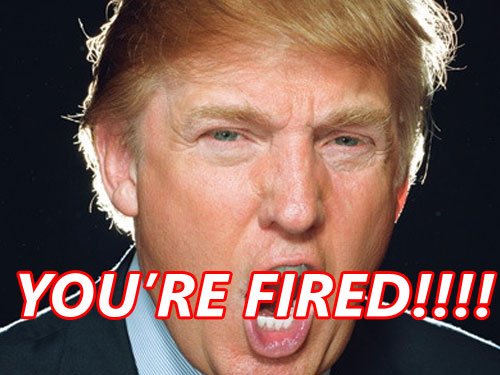After ten years, the Federal Reserve is finally making moves to tighten the belt on monetary policy. The question is, did they wait too long?
In the beginning of the year, the Fed raised interest rates for the first time in a decade and the results were less than desirable. With the market dropping nearly 10%, the fed became hesitant to the idea of an another rate hike in 2016.
Despite clear signs of inflation in the second half of the year, as measured by the benchmark PCE deflator, and rising labor and non-labor costs, the fed still did not raise rates, leaving strategist questioning whether the fed is truly data-driven as they claim to be.
Bluford Putnam, managing director and chief economist at CME Group, the world’s biggest futures market operator, agreed that the Fed’s near-zero interest rates and bond purchases helped stabilize financial markets and improve the economy for a short time, but he doesn’t think auto lending rates would have been much higher had the Fed begun to let off the monetary stimulus earlier and he certainly isn’t convinced that the Fed’s policies created jobs.
“When you step back and look at the whole picture, we just can’t find the evidence,” Putnam said. Instead, it seems as though the super-low interest rates helped bank profitability while leaving savers high and dry. ”It was a transfer of wealth from the retirees into corporations who didn’t use the money to create jobs,” he said.
According to Pew research center, upper-class household income in 2013 rose to 6.5 times greater than that of the middle-income households, up from 4.7 times in 2007. With the Fed’s stimulus policies pushing the stock market far above pre-recession levels over the past decade, it is apparent that only the wealthiest Americans were positioned to take advantage of the gains.
Now, 2016 is coming to an end and we see that the market has beat the Fed to the punch.“After two or three years of the dots going down to the market, the market is going to start moving up to the dots now,” said Donald Ellenberger, head of Multisector Strategies at Federated Investors, “Rates are likely to move higher, and we think any rallies are meant to be sold in Treasuries. Growth and inflation should be picking up.”
Since the election of Donald Trump, we have seen treasuries yields rising, devaluing bonds, resulting in fewer foreign investors in US treasuries. Foreign Investor demand is down from 62.9% over the past 6 10-year auctions to 57.5%. Investors have been selling Treasury bonds to buy stocks since the U.S election, sending stock prices to record highs. All this stemming from Trump’s promises to boost infrastructure spending, trim regulations, and cut taxes.
Neil Dutta, head of U.S. economics at Renaissance Macro Research LLC in New York, sees inflation exceeding the Fed’s 2% target, potentially reaching 2.5%. “There’s a risk that the market pushes the Fed to do more rather than less,” he said. The median forecast in a Bloomberg survey is for the yield to reach about 2.8% in the first quarter of 2018.
Despite this fact, Dutta does not think the Fed will respond accordingly, and will instead, continue a gradual approach to tightening, a stance that Janet Yellen maintained into the second half of 2016 in leu of indications of inflation.
While a quarter-point hike this week is seen as a shoe-in, strategist anticipate that a more aggressive approach will be needed in 2017 to keep up with inflation expectations. Janet Yellen’s term is set to end in early 2018, giving Trump an opportunity to shape the central bank.
If Trump follows through on his promises to cut taxes and boost spending on defense and infrastructure, short-term increase in economic growth could send inflation above the Fed’s 2% target, pressuring policy makers to raise rates. If the Fed continues to remain dovish in light of clear indications of inflation, we can expect Trump to kick Janet Yellen to the curb in favor of a more aggressive chair head.
Diane Swonk, founder of DS Economics, said, “The next Fed chair will be chosen on willingness to move more aggressively on rates.”
Additionally, several economists said Trump’s picks for the seven-member Fed board of governors are likely to be more aggressive with rate increases.
So, did the fed wait too long to raise rates? Will there be a new Fed head in 2018?
Well, if you just look at current economic conditions, the fed appears to be chasing inflation rather than setting the bar. Some would say their credibility is waning. If Trump’s promises hold true, pushing the central bank’s policy committee in a more aggressive direction may not just be a possibility, but a necessity.



